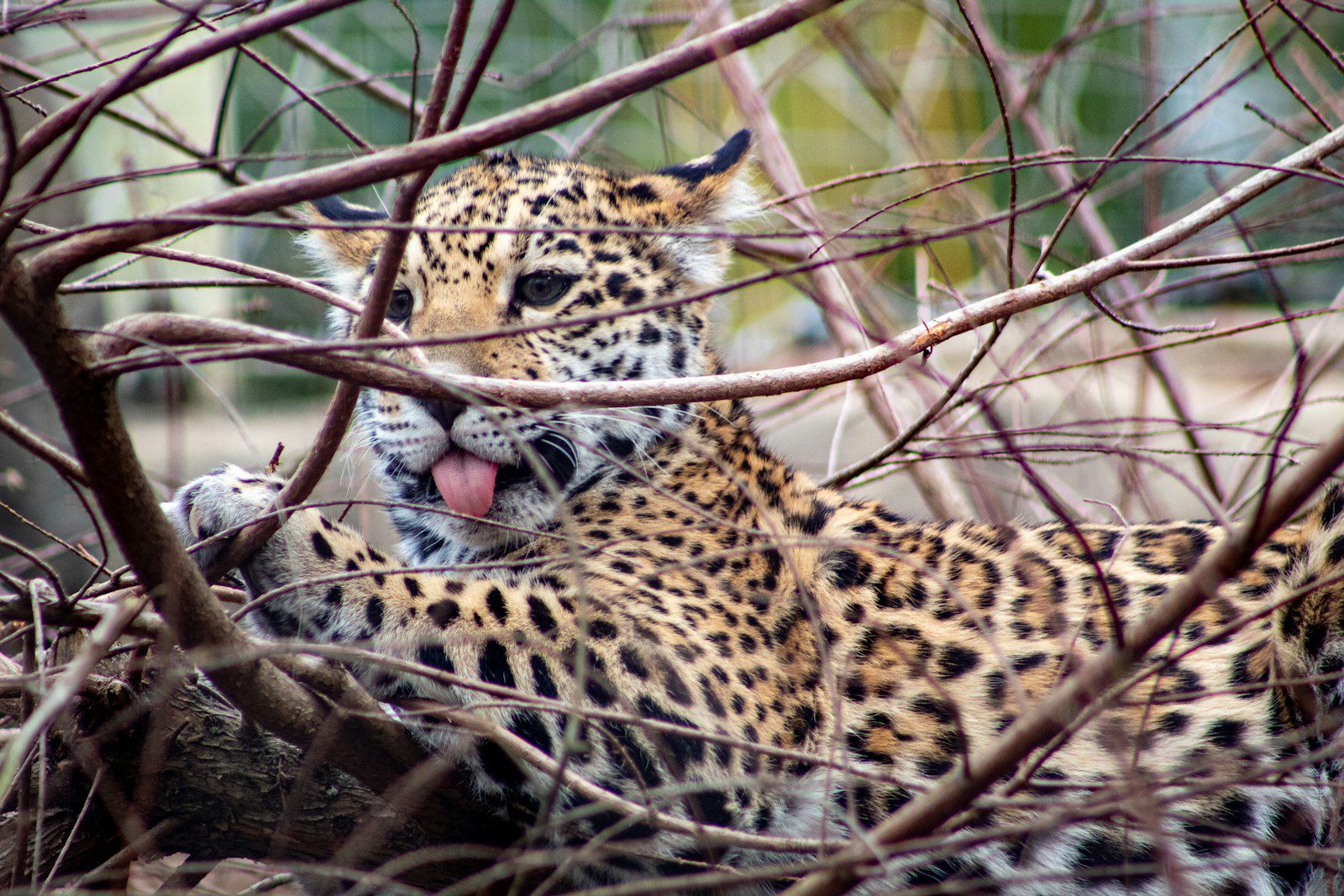
Jaguar Cub Spotted in Argentina’s Gran Chaco After Three Decades

In a significant milestone for wildlife conservation, a five-month-old jaguar cub was recently observed along the banks of the Bermejo River in the Gran Chaco region of northern Argentina. This sighting marks the first wild-born jaguar cub in this area in over 30 years, a direct outcome of the dedicated rewilding initiatives spearheaded by the nonprofit organization Rewilding Argentina at El Impenetrable National Park.
Conservationists had long suspected that a jaguar birth had taken place months earlier, based on indirect signs such as paw prints and other evidence in the habitat. However, confirmation remained elusive until local guides documented the cub alongside its mother, Nalá, on July 30. Nalá herself was reintroduced into the wild in August 2024 as part of the ongoing efforts to restore the jaguar population in the region.
“It was a wonderful day for me,” said Darío Soraire, one of the local guides who witnessed the sighting. “I was navigating upstream along the Bermejo River when I spotted Nalá with her cub. Their presence and beauty left a lasting impression on me.”
Jaguars are predominantly found today in the Amazon Rainforest and the Brazilian Pantanal, the world’s largest tropical wetland, which continue to provide essential habitat for this elusive big cat. Historically, however, jaguars occupied a much broader range across the Americas, including vast areas of northern Argentina.
In Argentina specifically, jaguars have faced drastic habitat loss and fragmentation, leading to a reduction of more than 95% of their original territory. Current estimates suggest that only between 200 and 300 jaguars remain within the country, surviving in isolated patches where habitat conditions still allow them to thrive.
Before the rewilding program began in 2019, the jaguar population in Argentina’s Gran Chaco was critically low, with fewer than 10 known individuals, all of them males. This imbalance made natural reproduction nearly impossible and threatened the local survival of the species. Notably, the last confirmed sighting of a female jaguar in the Gran Chaco dates back to 1990, underscoring the urgency of targeted conservation efforts.
Since the launch of Rewilding Argentina’s program, three female jaguars have been carefully reintroduced into the area, revitalizing hopes for a self-sustaining population. The recent birth of Nalá’s cub serves as compelling evidence that these interventions are bearing fruit and contributing to the gradual recovery of jaguars in northern Argentina.
Despite these encouraging developments, jaguars in Argentina continue to face numerous challenges, including habitat fragmentation, human-wildlife conflict, and poaching pressures. Conservationists emphasize that ongoing monitoring, community engagement, and habitat protection are critical to ensuring the long-term survival of jaguars in the Gran Chaco and beyond.
Collaborations between local communities, conservation groups, and government agencies remain essential in balancing human needs with wildlife preservation. The rewilding success at El Impenetrable National Park offers a promising model for restoring apex predators and maintaining ecological balance across the region.
The sighting of a jaguar cub in Argentina’s Gran Chaco after three decades is a powerful symbol of hope and resilience for conservationists worldwide. It highlights the tangible benefits of carefully planned rewilding programs and the critical importance of protecting natural habitats. As efforts continue, this success story underscores the potential for reversing wildlife decline through dedicated action, scientific monitoring, and community collaboration.
Protecting jaguars not only safeguards a majestic species but also supports broader ecosystem health, benefiting countless other plants and animals that share their habitat. The path ahead demands sustained commitment and resources, but the recent birth of Nalá’s cub offers a beacon of optimism that with collective effort, nature can and will recover.
For more information on jaguar conservation and rewilding efforts, visit Rewilding Argentina and Mongabay.
For more insights into the jaguar conservation efforts and the remarkable success story of the cub born in Gran Chaco, you can read our detailed article on the topic here. This resource provides further context on the rewilding initiatives and the significance of preserving jaguar populations in Argentina.